The ayurvedic herb Chitraka or Chitrak has the botanical name Plumbago zeylanica and belongs to the family of Plumbaginaceae. It is commonly known as Leadwort in English. This is a perennial shrub and grows 1.5 to 2.00 meters tall. It has simple opposite leaves and white colored flowers. This plant is found all over India.
Acharya Vagbhata, mentions three varieties of this plant. They are
- Shweta – the white-flowered
- Rakta – red flowered
- Neela – blue flowered
The white and red varieties are used for medicinal purposes.
This plant is known by different names in different regions of India. It is known as Cheeta in Hindi, Chitramulamu in Telegu, Chitu in Bengali, Chitramul in Marathi, Chitro in Gujarati, Chittiri in Tamil, Chitramula in Kannada, Chitra in Punjabi and Kotubeli in Malayalam.
Related article :
Ayurvedic Remedies for Fatty Liver Disease
Ayurvedic liver detox – an easy liver cleansing guide
Table of content
Helps in management of Diabetes.
Helps to gain sexual energy and stamina
Best herb for Piles or Hemorrhoids.
Best remedy for cold and cough
Ayurveda Properties
Texts of ayurveda explain the medicinal properties and Uses of this herb as follows.
This herb is known for its heat-imparting properties. This can be used for external applications and also as internal medication. This plant has many synonyms which explain its intense heat-generating properties. Its Sanskrit synonyms like Anala, Dahana, Pithi, Vahnisajnaka, Agni, Agnika, Jyothi, Nirdahana, Vahni, Sikhi, Vyala, Hutasana, etc explain the importance of this herb to generate heat in the body whenever it is required. While harvesting chitrak, it causes blister and burning sensation on palms. Sometimes it may cause burn wounds.
This plant has a pungent taste ( katu rasa) and acquires the same taste even after digestion ( vipaka). It is light to digest and causes dryness of tissues. It has a strong piercing quality which helps it to penetrate deep tissues. It has extreme heat-generating properties ( ushna veerya). The red variety of this plant is highly heat-generating.
The Medicinal Uses of this plant are as follows
Balances Vata and Kapha
Because of its heat-generating property, it balances vata dosha and kapha dosha. This herb can be used in treating diseases that originate due to the imbalance of these two doshas. Depending on the dominance of doshas chitrak is used along with sesame oil, ghee, or honey. For example, when there is a dominance of vata, this herb is used along with sesame oil.
Sets Right Digestion
Chitraka is praised as “vahnikrut”, which means it strengthens the agni or metabolism. It boosts appetite, promotes digestion, and reduces bloating and stomach pain. This herb is the best remedy for indigestion. This is also recommended for IBS or irritable bowel syndrome and praised as “grahanihara”. This herb absorbs excess water from the intestine, normalizes bowel movement, helps to form the bulk of stools, and relieves constipation.
Due to its heat-generating properties, this herb stimulates the liver and acts as a good liver detox. Ayurvedic physicians recommend using this herb for liver diseases like fatty liver. It helps to reduce inflammation of the liver. Usually, this herb is used along with other liver-protective herbs like Punarnava, Chitrak, Giloy (amruta, guduchi), Bhringaraj ( brunga), katurohini and bhumyamalakai. This herb is also a potent blood purifier or rakta shodhaka.
It also helps to expel intestinal parasites. Hence it is praised as “kriminut”.
Helps in weight loss
An imbalance of Kapha dosha and vata dosha leads to an imbalance of medha dhatu ( body fat) and leads to obesity. Also, imbalanced agni causes faulty metabolism which leads to the accumulation of fat in the body. The herb Chitrak helps to balance vata and kapha. It also sets right agni and normalizes digestion. Due to its heat-generating and tissue-drying properties, it dries up excess fat and helps the body to shred extra weight. It also helps to reduce blood cholesterol and triglyceride levels.
It also absorbs excess water from the body and helps to reduce body weight.
Helps in the management of Diabetes.
Roots of this plant help in the management of blood sugar levels by increasing insulin secretion. Since it also helps in weight management, it invariably helps in the management of diabetes.
Helps to gain sexual energy and stamina
This herb plays a very important role in expelling ama or toxins from the body. When body toxins are eliminated, the body recovers and rejuvenates. A toxin-free body quickly absorbs nutrients and gains stamina and energy. This herb is used in vajikarana therapy as a body detox for men who suffer from klaibya or erectile dysfunction, premature ejaculation, and low sperm count.
Cures Many Skin Diseases
Texts of ayurveda recommend using this herb for vitiligo. The ghee prepared using the root bark of this herb is used for external application in vitiligo to obtain good results.
While explaining the treatment for warts, ayurveda acharyas recommend applying the paste prepared from the roots of this herb on warts.
The powder of this herb is mixed with Kashaya (decoction) of neem powder and used for washing chronic necrosed wounds. This process accelerates wound healing.
The best herb for Piles or Hemorrhoids.
This herb is especially recommended for hemorrhoids that originate due to an imbalance of vata and kapha. This means the hemorrhoids which are painful and accompanied by mucous secretion are treated with this herb. A buttermilk preparation using this herb is recommended for this.
The best remedy for cold and cough
Due to its heat-generating properties, this herb is recommended for cough, cold, and other respiratory diseases. When used with haritaki, it helps in conditions like asthma and bronchitis.
Chemical Constituents
This herb contains biomolecules like Chitranone, Plumbagin, 3- Chloroplumbagin, droserone, Elliptinone, Zeylanone and Zeylinone, Maritone, Plumbagicacid, Dihydrosterone, B- Sitosterol, etc. The bo constituent Plumbagin is the cause of the heat generating property of this herb.
Side Effects of Chitrak
Symptoms of toxicity may surface when this herb is used in excess amounts. Burning sensations of the tongue, throat, and stomach are observed. Even erosion of the mucus membrane may occur. Hence consult a qualified Ayurvedic physician before using this herb.
Author: Dr.Savitha Suri , Consultant Ayurvedic Physician
Call us at +91 9945995660 / +91 9448433911


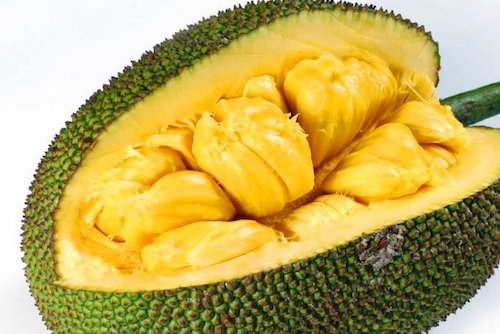
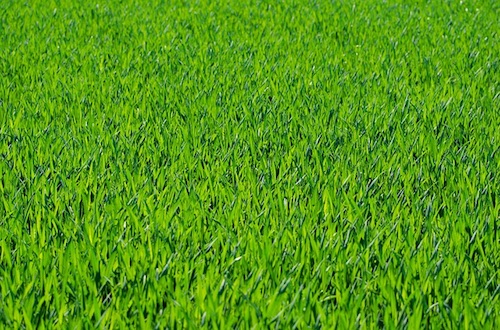
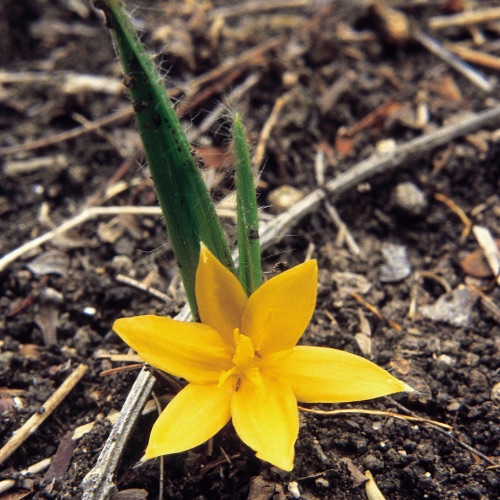
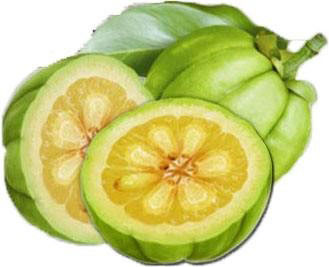
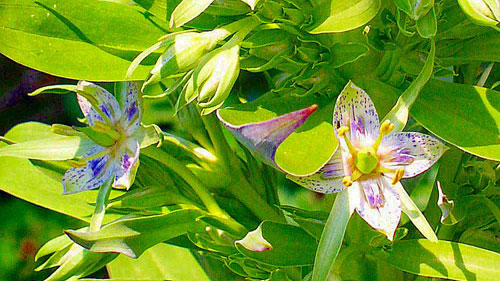
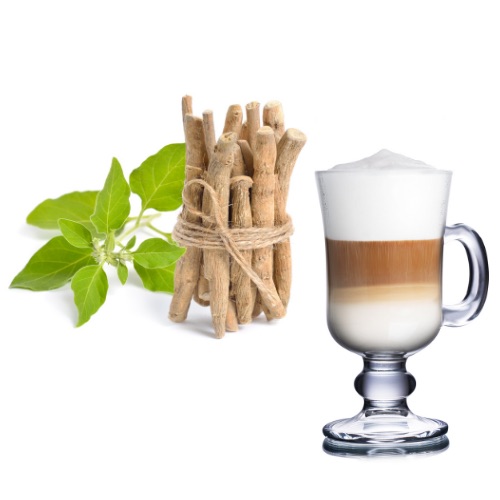
Pingback: Ayurvedic Remedies for Fatty Liver Disease